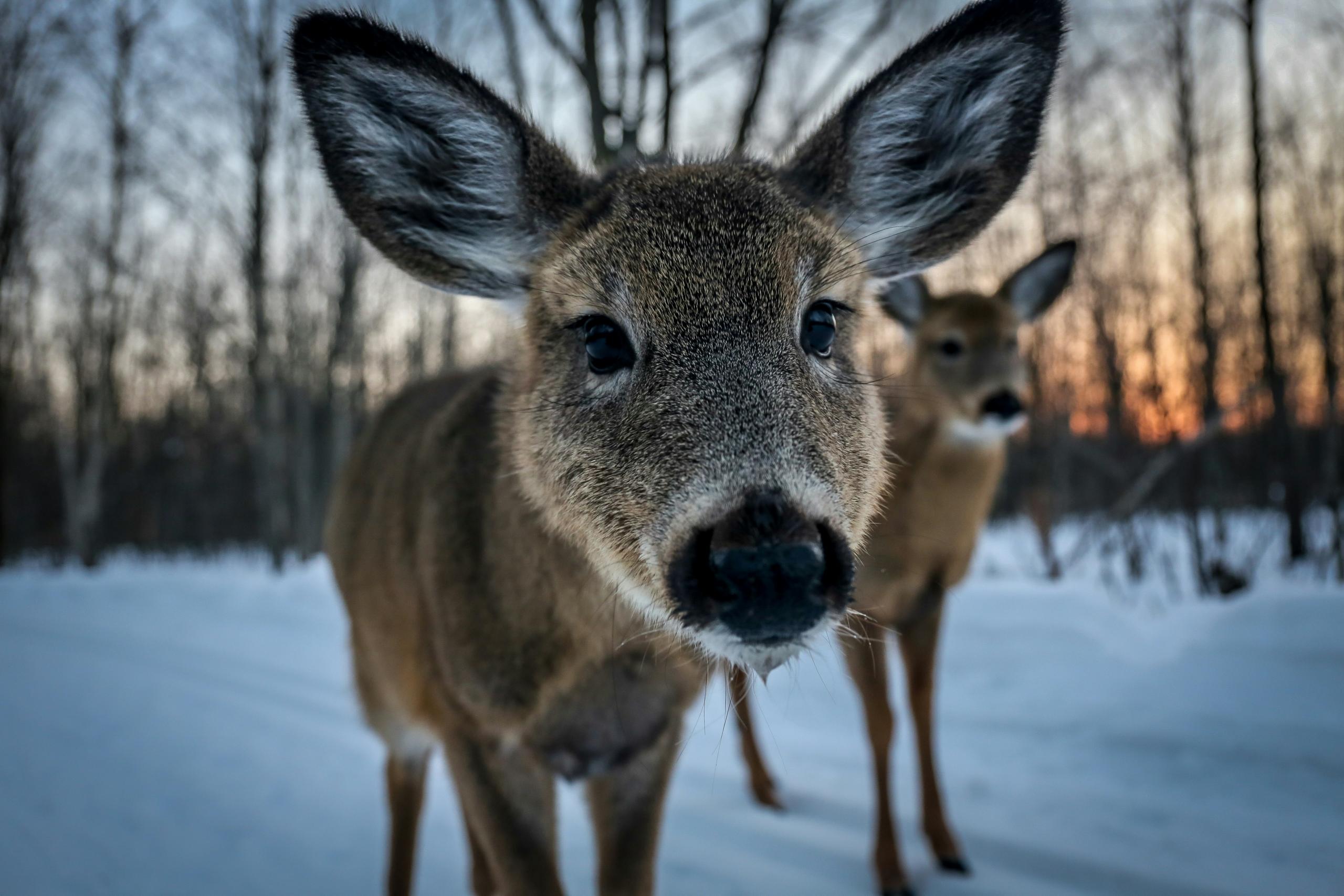Canada is a land of extraordinary natural beauty, home to some of the world's most diverse wildlife. Canada’s wildlife is a major draw for nature lovers and adventurers alike, from its vast, untamed wilderness to its rich and varied ecosystems.

The Moose: King of the Canadian Wilderness
The Canadian moose is among the most iconic symbols of strength and endurance in the nation’s wilderness.
As the largest member of the deer family, moose thrive in Canada’s colder climates, particularly in dense forests and wetlands. Bulls can weigh up to 1,500 pounds and stand nearly 7 feet tall at the shoulder, making them one of North America’s largest mammals. Their impressive antlers and solitary nature highlight their unique place in Canada’s ecosystems.
Moose are highly adaptable, surviving on a diet of leaves, bark, and aquatic plants. While typically solitary, they gather during the fall mating season (the rut), when bulls use their antlers to compete for mates. These massive creatures embody the resilience required to thrive in harsh environments and the wild spirit of Canada’s remote landscapes.
Compared to smaller species like caribou, which travel in herds, or elk, which favor open areas, moose are far larger and more independent. Though majestic, they can be dangerous, especially during mating season or when threatened, as they can charge at high speeds.
Canada alose offers prime spots for moose sightings, including beautiful locations such as Jasper National Park! The diverse environments provide excellent opportunities to observe moose in their natural surroundings.
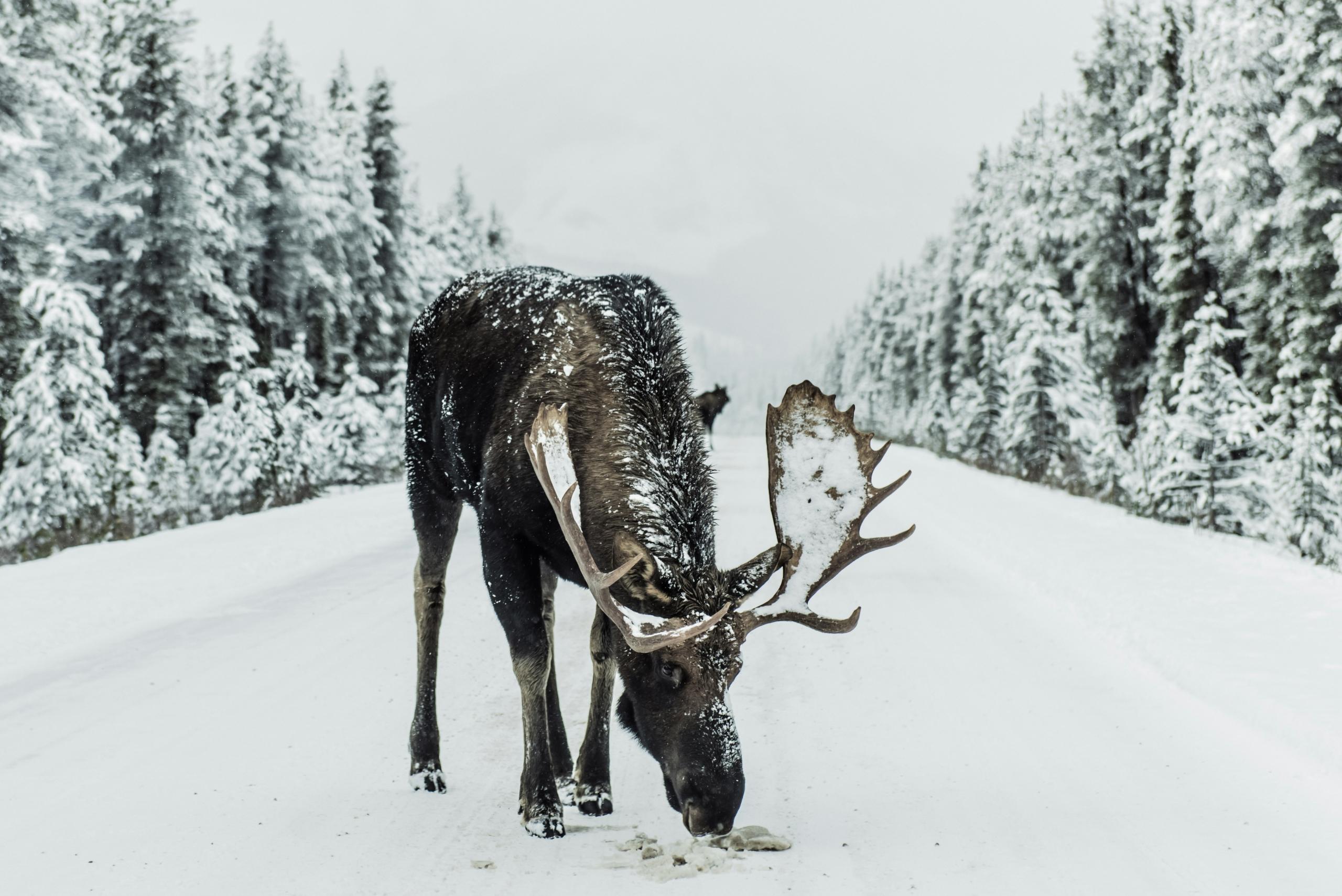
The moose represents Canada’s wilderness—strong, resilient, and emblematic of the country’s vast, untamed beauty. Whether encountered in the wild or celebrated in culture, the moose symbolizes Canada’s natural heritage.
The Canadian Lynx: The Elusive Hunter of the North
The Canada Lynx is a fascinating predator, known for its distinctive tufted ears, large snowshoe-like paws, and stealthy hunting skills.
Adapted to survive in North America’s northern forests, this elusive feline is essential for maintaining the balance in the boreal ecosystem. Unlike bobcats, Canada Lynx are larger, have thicker fur, and are specially adapted to snowy environments. They face critical threats like habitat loss, climate change, and fragmented populations, making conservation efforts vital for survival.
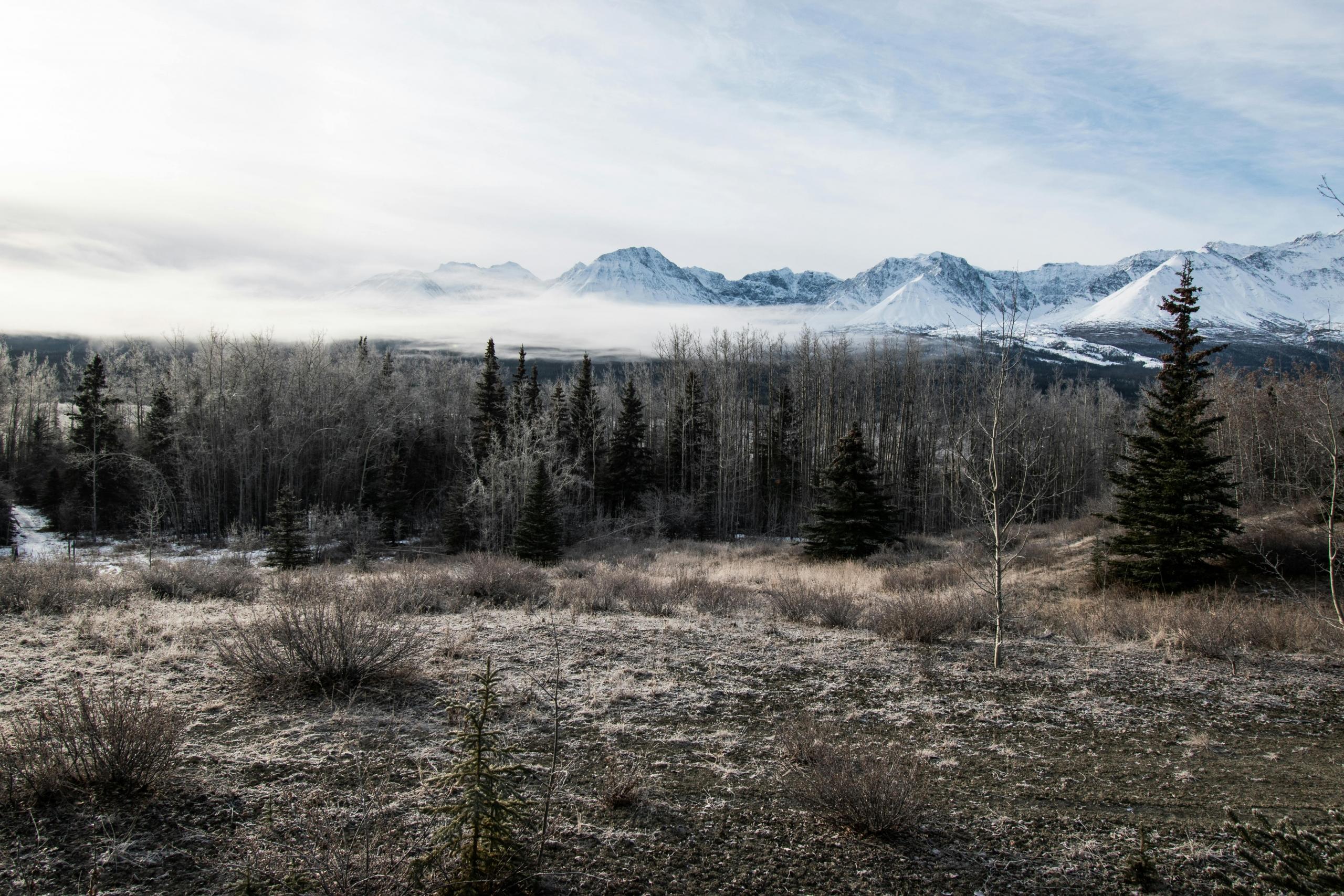
The lynx primarily inhabits boreal forests across Canada, Alaska, and parts of the northern U.S., with stable populations in regions like Yukon.
Their survival is closely tied to the population of snowshoe hares, their primary food source, with fluctuations in hare populations directly affecting lynx numbers. Climate change and habitat destruction pose significant risks to their survival, as these impact snow coverage and forest density, both crucial for lynx hunting and survival.
Through careful conservation and public awareness, the Canada Lynx can continue to thrive as a symbol of North America’s vast wilderness. Winter in boreal forest regions provides the best opportunity to witness this remarkable species in its natural habitat.
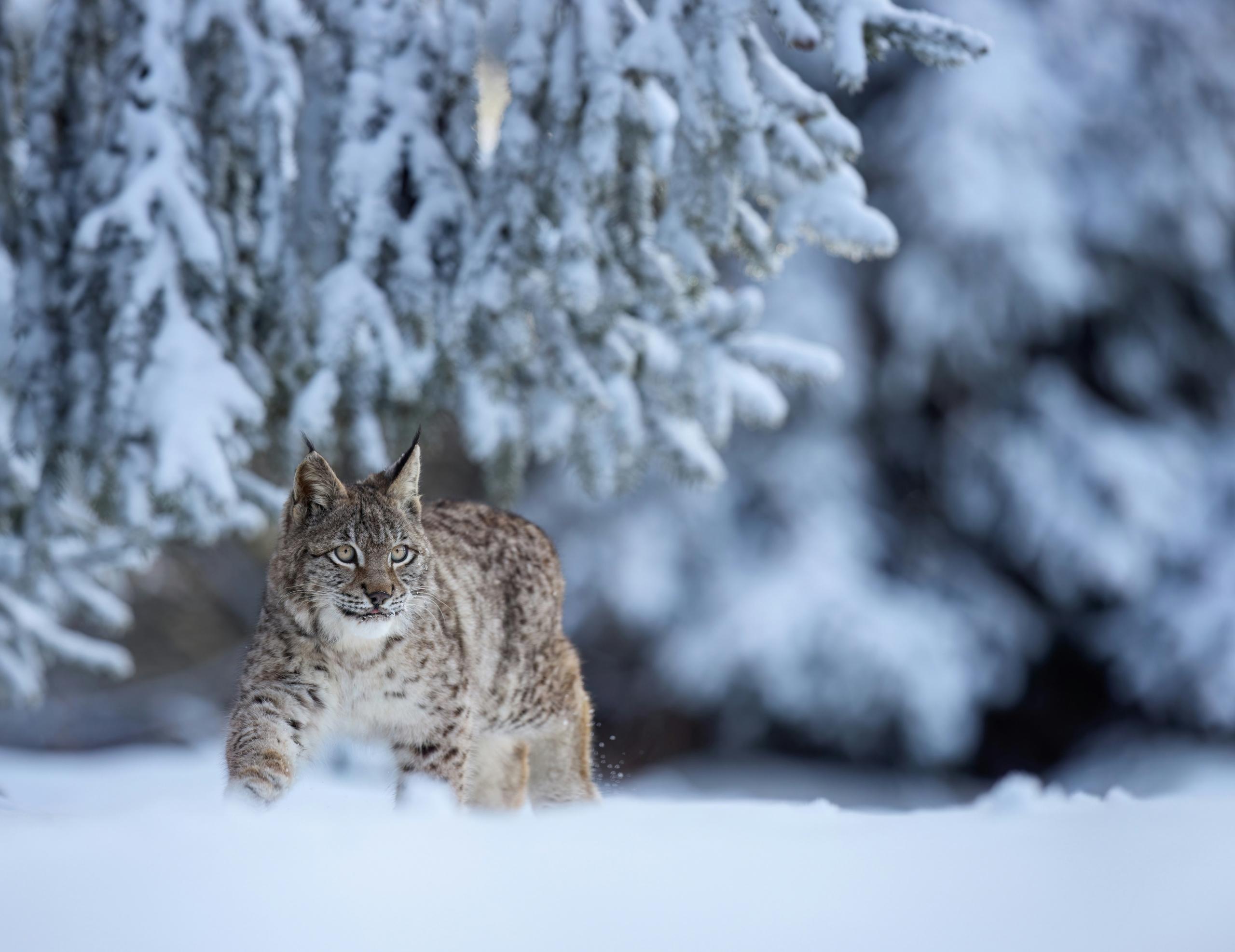

The Caribou Migration: A Spectacle of Nature
The caribou migration is one of the most extraordinary natural events in the world. Each year, thousands of caribou travel vast distances across the Arctic and sub-Arctic regions of Canada. This annual journey is crucial for the caribou's survival, enabling them to access new food sources and protect their young from predators.
Caribou are highly adapted to cold environments. They rely on their large hooves and endurance to cross snow, rivers, and mountain ranges.
Caribou migration is a breathtaking wildlife event and a vital ecological process. Their movement helps fertilize the land and supports predators such as wolves and the Canada lynx. The migration is also deeply rooted in the culture and traditions of Indigenous communities in northern Canada.
Caribou migrations primarily occur in regions like Yukon, Nunavut, Quebec, and Labrador, with some of the most well-known herds, including the Porcupine Caribou and Bathurst Caribou. These migrations face increasing challenges due to climate change, habitat fragmentation, and human activity, which threaten the future of this iconic species. Protecting these migration routes is essential for the caribou and the ecosystems they support.
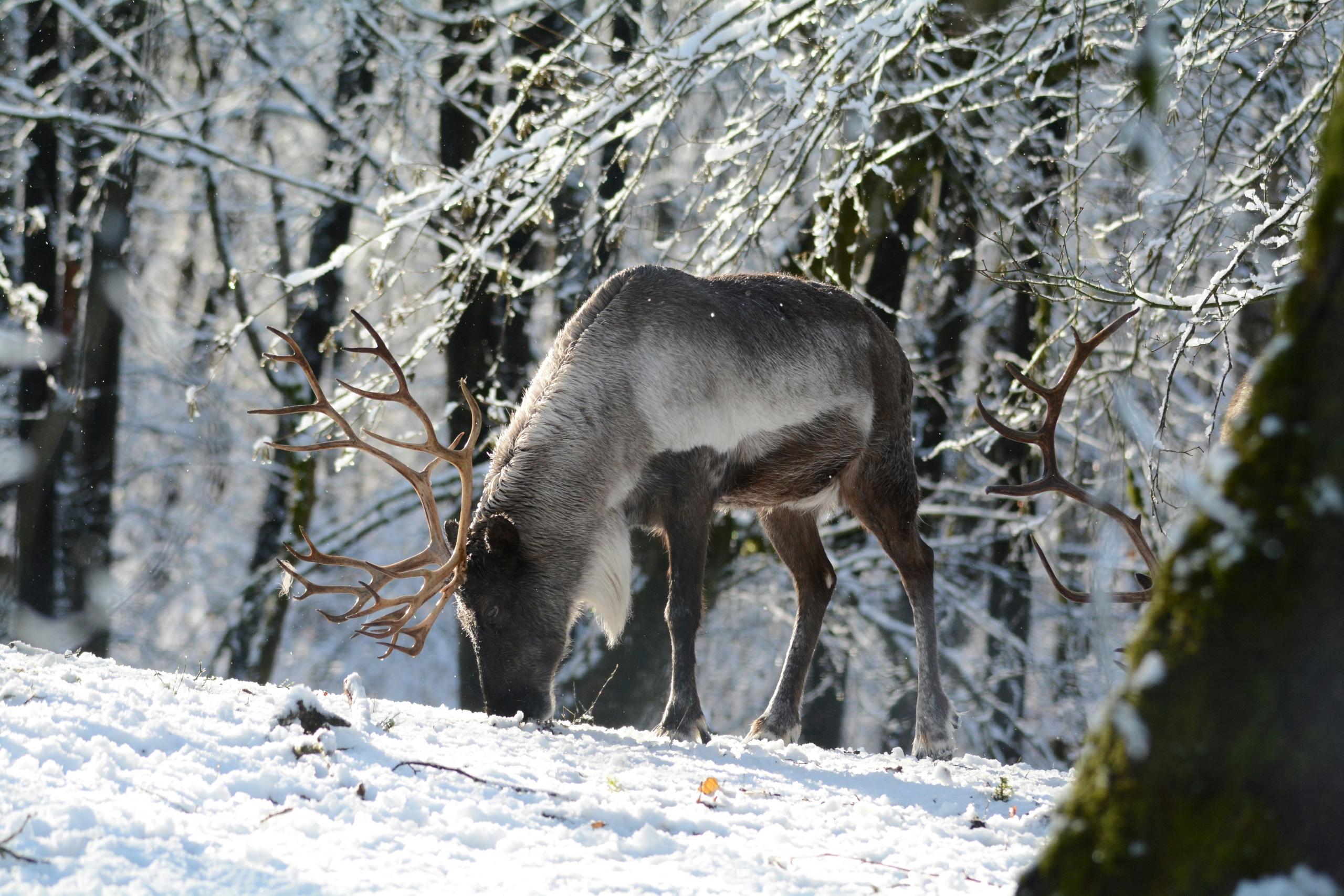
The Polar Bear: The Arctic’s Top Predator
The polar bear, an emblem of strength and survival, is the largest bear species on Earth and one of the Arctic’s most iconic creatures.
Found primarily in Canada, which hosts two-thirds of the global population, polar bears are uniquely adapted to their cold environment with thick layers of fat, dense white fur, and powerful paws built for swimming and hunting. They rely heavily on sea ice to hunt seals, their main food source.
Polar bears are solitary animals, coming together only during mating season or when mothers raise cubs. Cubs are born in winter dens and remain with their mothers for up to two years. As top predators, polar bears are critical in maintaining the Arctic ecosystem. However, their reliance on sea ice makes them particularly vulnerable to the effects of climate change, which threatens their habitat and hunting grounds.
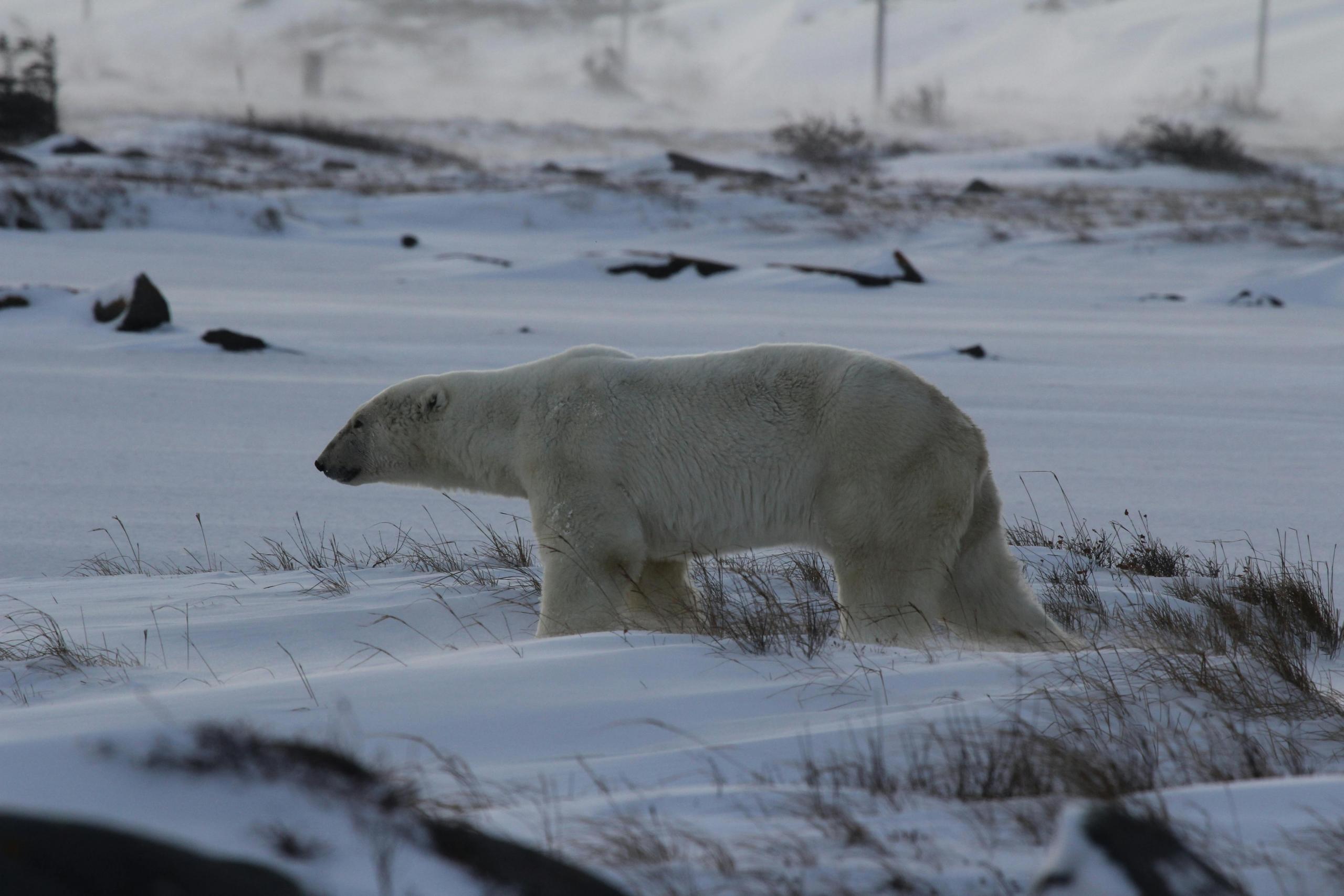
While primarily carnivorous, polar bears are opportunistic and will eat other foods when seals are scarce. Unfortunately, this doesn’t provide the high-fat diet they need, risking their survival. Climate change, melting sea ice, and human activities like oil exploration in the Arctic present serious threats to their populations.
Canada offers some of the best locations to observe polar bears in the wild, with prime spots like Churchill, Manitoba, known as the “Polar Bear Capital of the World,” and Wapusk National Park, a key denning area for mothers and cubs. These regions provide essential habitats, but conservation efforts are crucial to protect polar bears from the accelerating impacts of climate change.
In essence, the polar bear symbolizes the wild resilience of Canada’s Arctic, representing both the beauty and the fragility of the region’s ecosystems. As the Arctic undergoes rapid environmental changes, protecting these majestic creatures becomes more important.
Why Is Canadian Wildlife Important?
Canada’s wildlife is essential for the balance of its ecosystems and the country’s environmental health, cultural identity, and economic sustainability.
Every species, whether predator, prey, or plant, plays a specific and irreplaceable role in maintaining ecological balance.
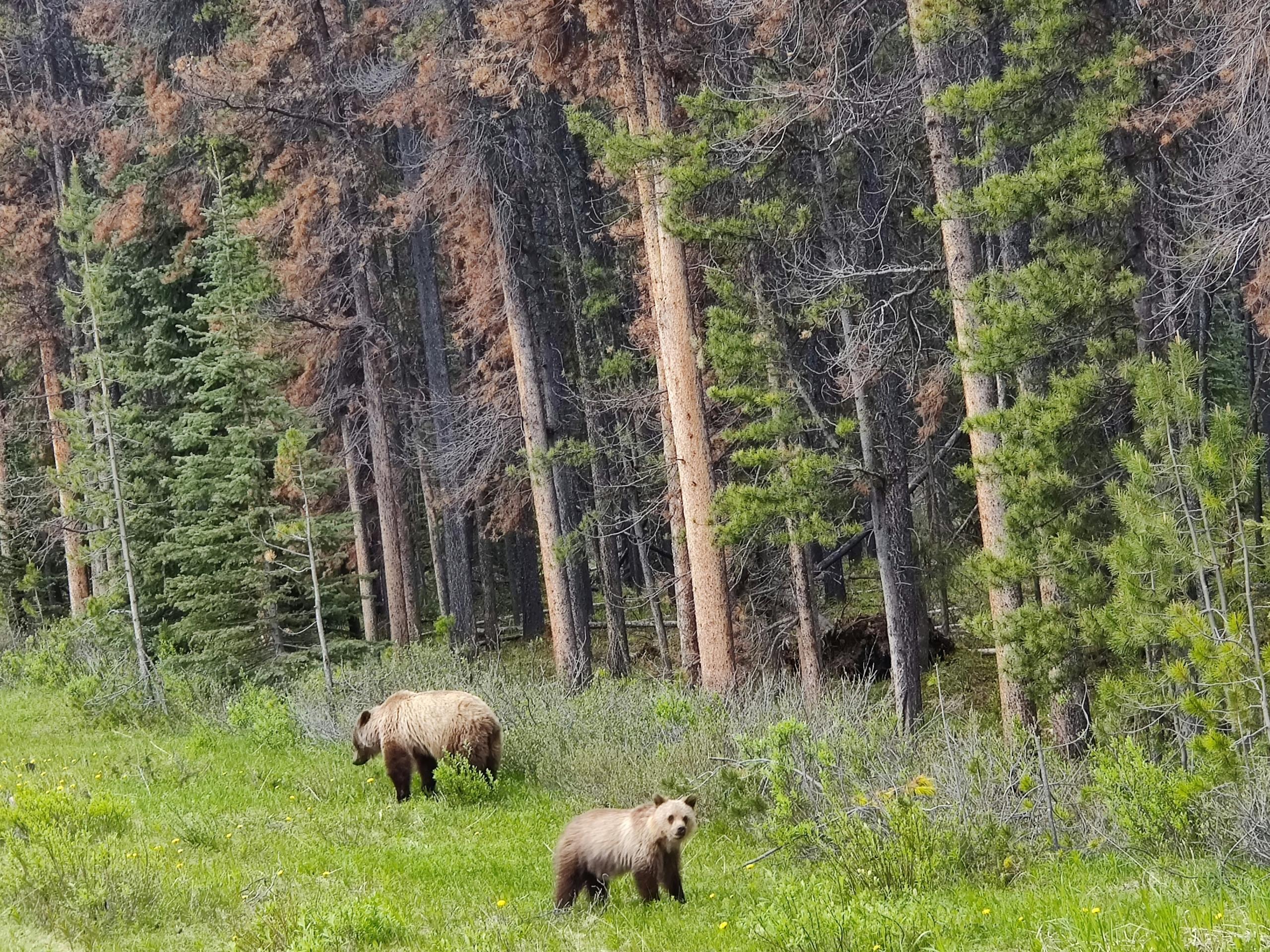
Predators such as wolves, bears, and lynx help manage herbivore populations, ensuring that plant life does not become overgrazed and protecting forests and grasslands.
Herbivores like moose, caribou, and deer contribute by browsing vegetation, which can help control invasive species and promote the growth of new plant life.
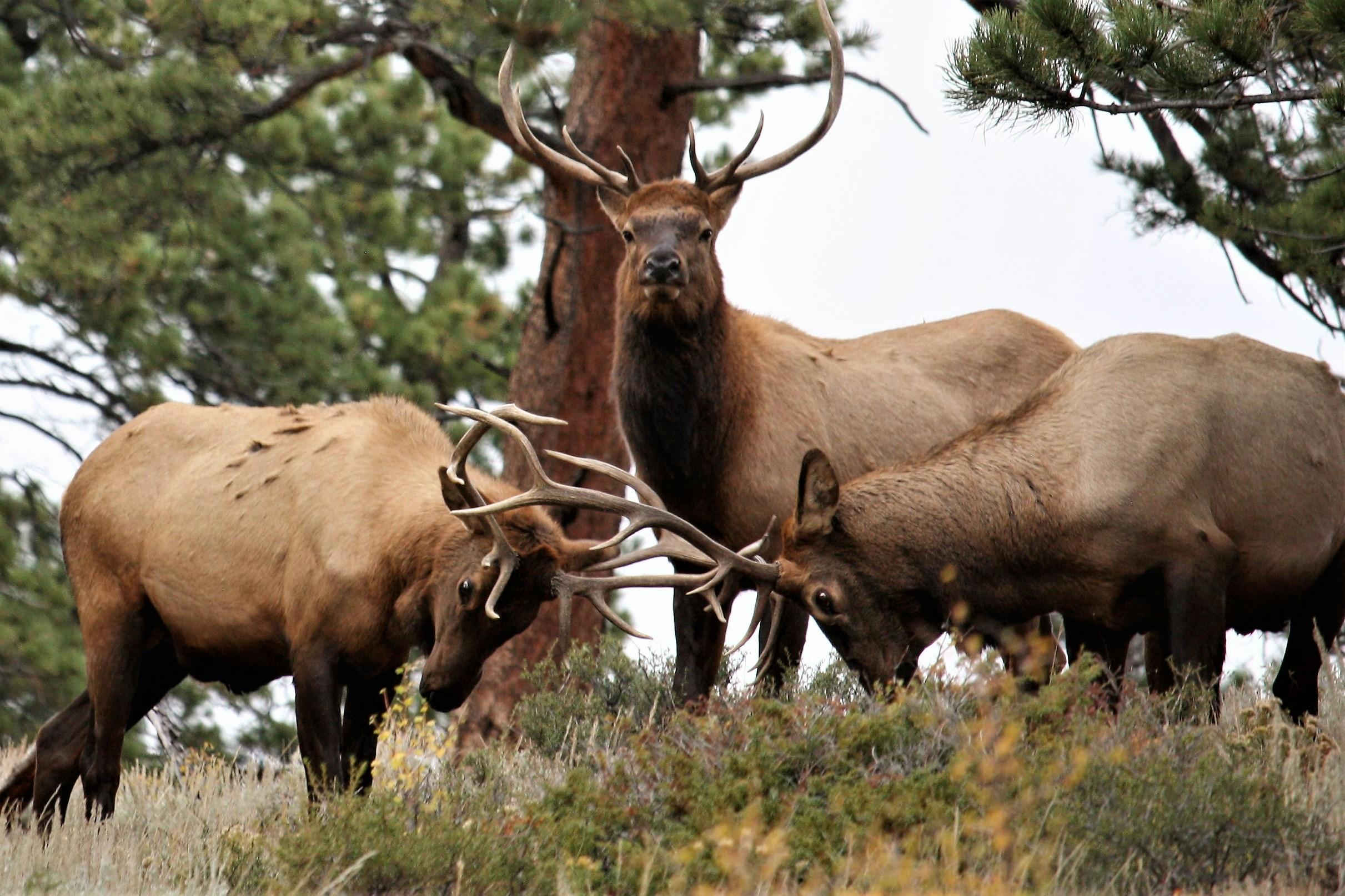
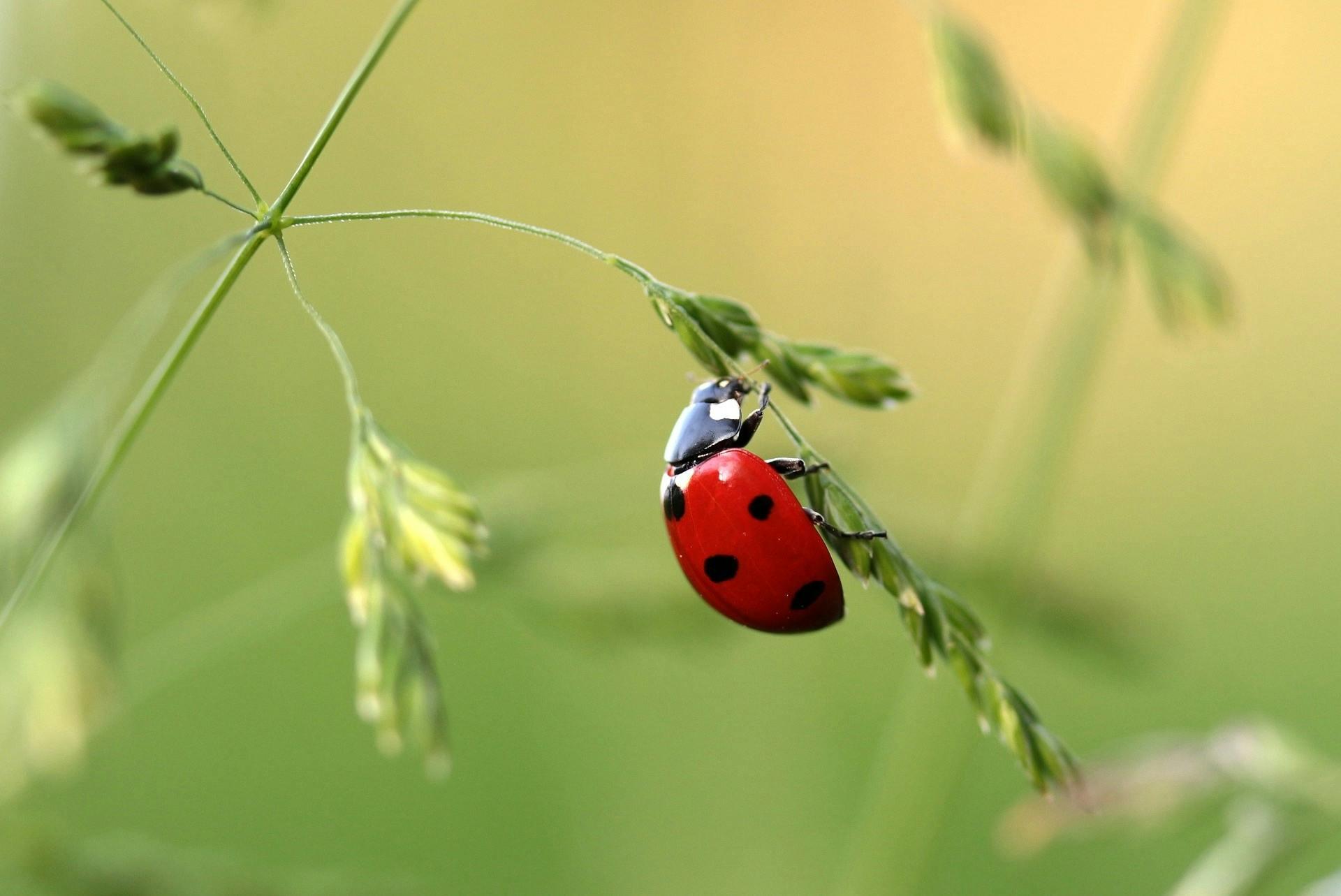
Even insects and birds play critical roles, such as pollinating plants and dispersing seeds, which supports plant diversity across the country’s vast wilderness.
Wildlife also directly impacts the climate by contributing to carbon sequestration. Forests and wetlands, shaped by the behaviors of animals like beavers and other species, store large amounts of carbon, helping to mitigate climate change. The survival of these ecosystems depends on the intricate relationships between species, making the conservation of Canadian wildlife critical for maintaining the global fight against climate change.
In addition to its environmental importance, wildlife has significant cultural and historical relevance in Canada.
Indigenous peoples have lived harmoniously with Canadian wildlife for thousands of years, with many animals playing central roles in their traditions, spirituality, and survival.
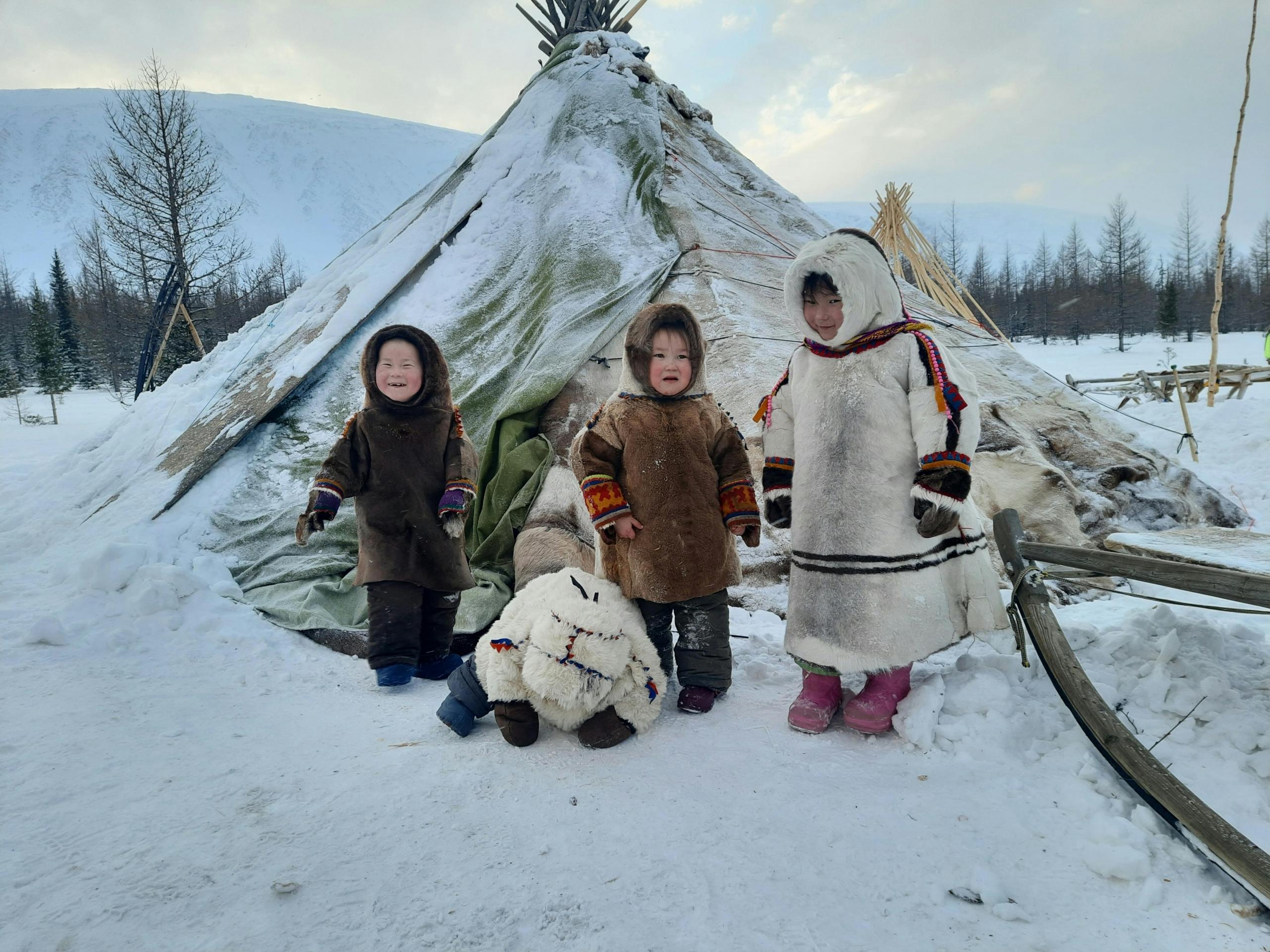
For Indigenous communities, wildlife is a source of sustenance and a key component of their spiritual beliefs, storytelling, and customs. Protecting Canadian wildlife also means preserving Indigenous peoples' knowledge, practices, and deep connection with nature.
Economically, wildlife contributes to Canada’s thriving tourism industry. Many visitors travel worldwide to experience Canada’s diverse wildlife, from watching polar bears in Churchill to spotting orcas off the Pacific coast. Ecotourism generates billions of dollars annually, offering sustainable jobs to local communities and reinforcing the need to protect these species.
Additionally, Canadian wildlife plays a crucial role in scientific research, offering insights into environmental changes, biodiversity, and conservation techniques.
Ultimately, Canadian wildlife is crucial for ecological health, the nation’s cultural identity, and economic stability. The responsibility to protect and preserve wildlife is intertwined with safeguarding the land’s biodiversity, the heritage of Indigenous peoples, and the natural beauty that defines Canada as a nation.
Canada is home to around 80,000 species of plants and animals, making it one of the most biodiverse countries in the world.

